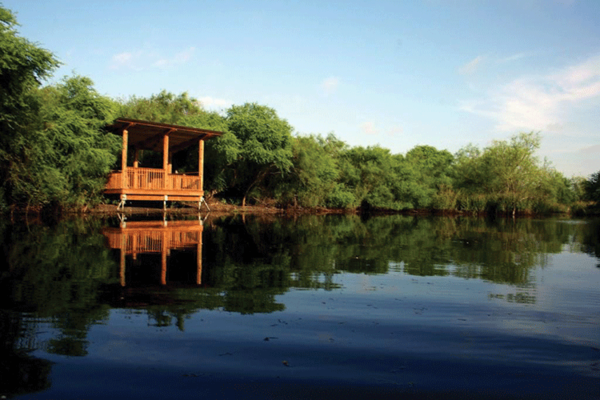 Texas trails and farming
Texas trails and farming
Texas! It's a whole other country! Maybe it would be more descriptive of our state if we said, "Texas is a lot of country!” And how true that is. Texas covers so much territory that the Texas Historical Commission decided to divide the state into Heritage Trails. There were several reasons that the State decided to create and promote these trails. First of all, the Historical Commission wanted to preserve the history and culture of the different regions. Of course, another reason was to promote tourism into the different regions.
If you have traveled across Texas, you know immediately how different each area or trail is. The different regions seem to have a personality of their own. There is The Plains Trail, The Pecos Trail, The Mountain Trail, and The Lakes Trail plus six more. Those of us living in the Rio Grande Valley live in The Texas Tropical Trail. Yes, the trails are unique - definitely different - which makes traveling on those trails so interesting.
The Texas Tourist Center has a book divided into trails. Each Trail has a little history about the towns found in their particular region. These books are free and will make traveling across Texas so much more interesting. Use your phone to research even more about the towns and the areas that you travel through.
Those of you who are new to The Texas Tropical Trail may want to go on a commercial tour and purchase a seat on a tour to learn more of this area. Some locals have never even been to the King Ranch - tours through the King Ranch are available for everyone.
A few days ago, a lady from a northern state called wanting to learn how we farm in the Rio Grande Valley. The King Ranch tour is one of my favorites, probably because I have fond memories of growing up on a farm in Central Texas where farming is very different from farming in the Rio Grande Valley. Most all of the farmers in Central and West Texas depend totally on rainfall to water their crops. Here there are two different types of farming - dry land and irrigated farming. Irrigated farmland is much more sought after than dry land farmland. Our summers can be hot and dry. Farmers who have dry land farms have to depend totally on rain fall to water their crops while those farming on irrigated farms receive a water allotment from their local irrigation district.
Tropical climates always seem to attract bugs, some of which can devour a crop almost overnight - so now our farmers have to use sprays and pesticides to control the insects. When I grew up the birds and the bats ate the bugs. Pesticides were unheard of.
If you want to learn more about farming in the Rio Grande Valley, join a group on a farm tour and see the farming process in operation. Talk with local farmers and those who are actually on the ground who make it happen even when mother nature does not cooperate.
There are tours to local family-owned farms and there is a King Ranch Farm tour where farming is presented on a bigger scale. The fields on the King Ranch have furrows that are three miles long. You will have a great time on a farm tour and appreciate our farmers even more.
I will give you a little hint. Row crops will not be planted until February and only when the ground reaches a certain temperature - generally mid-February. Right now, the crops you see are mainly sugar cane and winter vegetables such as cabbage, carrots, beets, etc. Be patient, before long the fields in The Texas Tropical Trail will be bursting with new growth.













